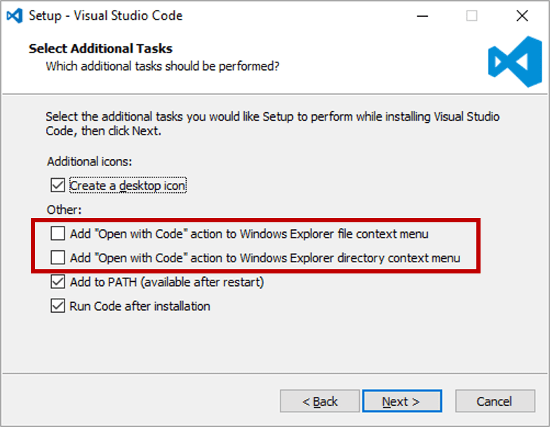I found interesting that a lot of the practices mentioned in the book are probably day to day patterns that we practice involuntarily. Some patterns are surprisingly new and offer a good way to cope with the workflow of continuous learning. The comparison with medieval ways of artisanship in which the learning takes a practicum meaning and the theoretical is stripped out in favor of physical interaction which is very interesting. I am an enthusiast of the theoretical realm, but I must agree that expertise which people wrongly associate with the illusion of talent only comes with continuous long-term repetitions of small actions on limited theoretical content.
The book showed me that there is more than one way to navigate through a lifelong learning journey. It is comforting to know that in the Software Development work environment the continuous improvement presented by the authors is not only present but encouraged. The idea of sharing these patterns and improving on them is very open source like. It shows the developer understanding of the need for each other and that there is no downside to help the general improvement of the community.
The chapter that talks about perpetual learning is enlightening. It absolutely homes in on the greatest obstacle to learning which is distraction. I agree to it but have my reservations because it also mentions that if you love learning you get over these distractions. What I think is truer is that focus is also the most important skill to be practiced. It involves more than a set of actions and habits; it also involves chemical reactions and sensorial exposure as well as countless parameters out of our control. I confess that as I navigate through my undergrad incursion, I came across supplements to improve focus and used them even if just for placebo effect. I have set controls such as continuous study times, set brakes, meditating 20 minutes for every hour, sleeping a minimum of 8 hours, balancing topics by due date and importance, not consuming alcohol even in social events, ignoring people and everything that is not study. Which is why I have a pile of mail and bills after every semester. But even after all the controls I still must continuously adjust and adapt to optimize focus. Without focus there can be no real learning.
From the blog CS@Worcester – technology blog by jeffersonbourguignoncoutinho and used with permission of the author. All other rights reserved by the author.

